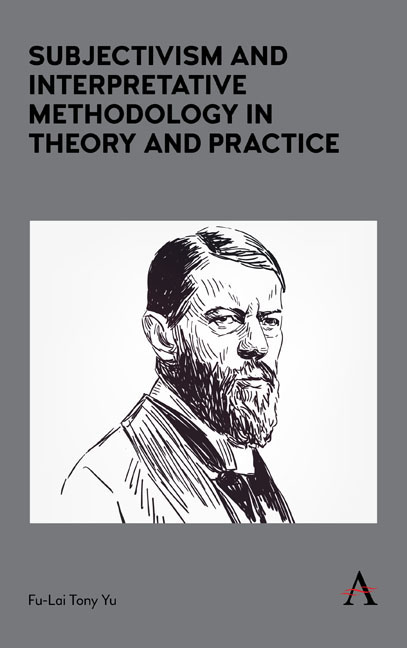11 - The Sinking of the Unsinkable Titanic: Mental Inertia and Coordination Failures
Published online by Cambridge University Press: 28 February 2020
Summary
Abstract. This chapter investigates the sinking of the Titanic from the theory of human agency derived from Austrian economics, interpretation sociology and organizational theories. Unlike most arguments in organizational and management sciences, this study offers a subjectivist perspective of mental inertia to understand the Titanic disaster. Specifically, this study will argue that the fall of the Titanic was mainly due to a series of coordination and judgment failures that occurred simultaneously. Such systematic failures were manifested in the misinterpretations of the incoming events, as a result of mental inertia, by all parties concerned in the fatal accident, including lookouts, telegram officers, the Captain, lifeboat crewmen, architects, engineers, senior management people and owners of the ship. This study concludes that no matter how successful the past is, we should not take experience for granted entirely. Given the uncertain future, high alertness to potential dangers and crises will allow us to avoid iceberg mines in the sea and arrive onshore safely.
The Titanic Disaster
So, this is the ship they say is unsinkable.
It is unsinkable. God himself could not sink this ship.
From Butler (1998: 39)[The] Titanic […] will stand as a monument and warning to human presumption.
The Bishop of Winchester, Southampton, 1912Although the sinking of the Royal Mail Steamer Titanic (thereafter as the Titanic) is not the largest loss of life in maritime history, it is the most famous one. On April 14, 1912, during her maiden voyage, the Titanic collided with an iceberg off the banks of Newfoundland (Canada), located at 41°46’ N, 50° 14’ W (WebTitanic 2010). The gigantic vessel was mortally wounded and eventually sank in the early morning of the following day. According to The United States Senate Inquiry Report (1912), only 31.8 percent of the total 2,228 passengers and crew in the ship survived and about 1,523 died. There is no dearth of studies probing the causes of the sinking of the ship but the reports are largely from sciences or engineering disciplines. Bassett (1998) investigates the disaster from engineering and technologies. She blames on design flaws, leading to the material failure. Marriott (1992) and Maltin (2012) point to optical illusion that was responsible for the sinking of the Titanic.
- Type
- Chapter
- Information
- Publisher: Anthem PressPrint publication year: 2020



